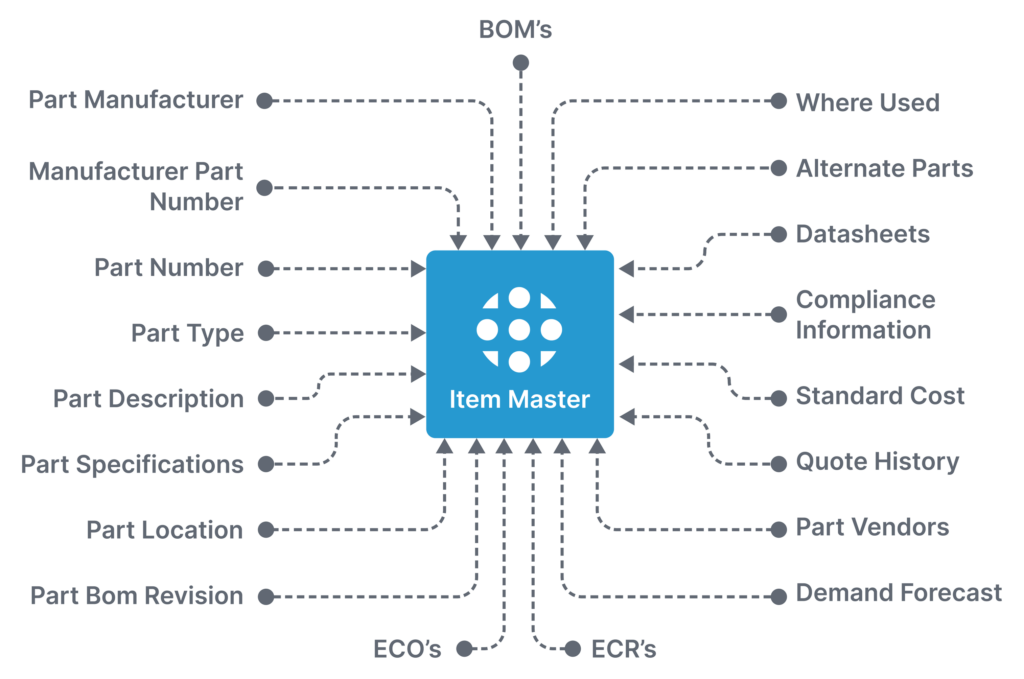Material Resource Planning or Material Requirements Planning (MRP) is used to help plan and control inventory and resources for manufacturing processes. It is designed to ensure that the right parts are available at the right time and in the correct quantity and quality. MRP systems provide an accurate view of production needs, inventory on hand, material availability, and material demand.
Disciplined inventory management is a necessary component of material resource planning. MRP allows manufacturers to accurately track material availability and usage. Moreover, it helps maintain a balanced inventory. MRP can identify any gaps between material commitments and material needs. This information can help manufacturers adjust their production schedules accordingly to take into account inventory availability and reduce downtime.
Material resource planning is not without its challenges. Manufacturers must ensure that all aspects of the system are up-to-date and accurate in order to get the most out of their resources. In addition, any changes in material specifications or material availability can cause delays in production due to incorrect or insufficient materials being ordered or delivered on time.
Managing MRP complexity with software

Managing complex production builds with numerous types of components and a variety of vendors creates a lot of data. Smaller manufacturing operations could be effective with paper-based or spreadsheet-based MRP processes. Comparatively a purpose-built software MRP system may be a better solution. Just moving to a software system can result in far less errors or wasted time for each department involved. It also provides a platform to get the most out of all that data created in the process. With a cloud based MRP management system like Aligni, manufacturers can use that data to identify potential issues earlier in the production and procurement cycles before they become costly problems later.
Learn more about MRP systems and what they can do for you.
- How capacity planning and MRP work together
- Why supply chain managers use MRP
- Managing quality in an MRP System
- What data does an MRP system manage?
- Managing inventory lead times with MRP
- Migrating to an MRP System
Bringing it all together
In short, a material resource planning system is an invaluable tool for manufacturers looking to optimize their inventory and achieve greater success in production. MRP helps manufacturers save time, reduce costs associated with material procurement, and increase customer satisfaction. Managing these processes with software can create even more impact for production operations.
If you’re looking to increase production throughput while reducing costs through better material management, sign up for Aligni today and get on the track to higher production efficiency!
Start your 30-day free trial
Helping You Make Great Things…Better.
